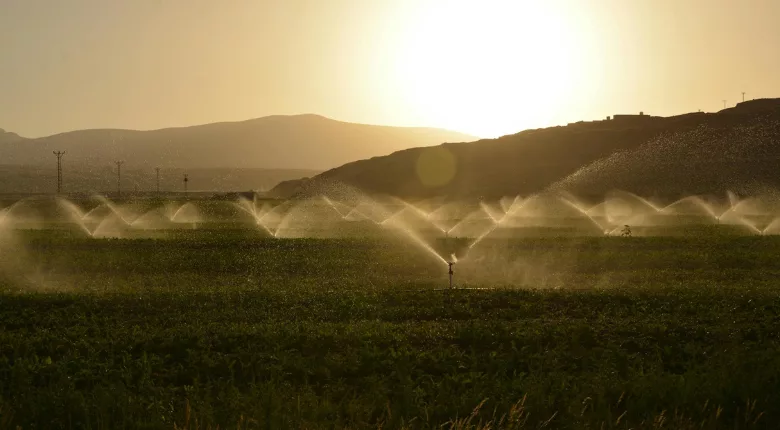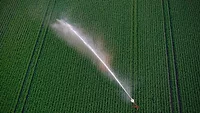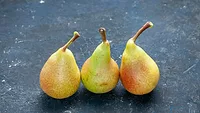Sanitizer-Treated Irrigation Water Has Antimicrobial Benefits in Crop Fields, Study Suggests

Image credit: Süleyman Şahan via Pexels
A Center for Produce Safety (CPS) –funded study led by a University of Arizona researcher is underway to determine how irrigation water that is treated to control microbial activity may affect pathogens on crop surfaces or soil. Principal investigator Channah Rock, Ph.D. hopes to capture new data that will provide a better understanding of the potential added benefits of irrigation water treatment, with the end goal of developing a quantitative microbial risk assessment (QMRA) for industry to gauge the reduction in microbial risk from treated water applied to crops preharvest.
For the study, the researchers inoculated plant tissue and soil with known microbial populations, using a nonpathogenic Escherichia coli strain as a surrogate. The researchers then applied irrigation water treated with common sanitizers like peroxyacetic acid (PAA) or calcium hypochlorite to the test crops, sampling plants and soil periodically to determine pathogen die-off over time. The work is being conducted in commercial-scale university fields of spinach and Romaine lettuce.
Preliminary data shows some added benefits to irrigation water treatment. The researchers have observed the treated water reducing bacteria on crops and soil; however, the antimicrobial effects are very dependent on how the pathogenic contamination entered the field.
Next, combining traditional water grab-sampling techniques with real-time in-line sanitizer monitoring, the researchers measured the treatment variability, or “breakthroughs,” in commercial produce fields, given the inconsistency of irrigation water sanitizer concentrations. So far, the findings show most breakthroughs to occur during irrigation sanitizer start-up and stabilization. The researchers plan to conduct additional sampling to determine the full range of variability, however. The researchers also aim to document critical time periods and duration of variability that may result in loss of antimicrobial efficacy due to reduced sanitizer residuals.
Looking for quick answers on food safety topics?
Try Ask FSM, our new smart AI search tool.
Ask FSM →









